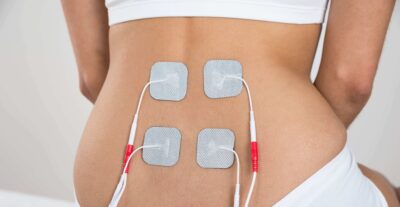Somatosensory Explained
The test evaluates the health of your peripheral nerves and your spinal cord. It tests how your spinal cord and/or brain transmits information about body sensations through your peripheral nerves. It can localize a “signal blockage” either in the relay system (your peripheral nerves act like telephone wires) or in the interpretive center (your brain and spinal cord act as a telephone receiver).
Why is a SEP Performed?
It is used if you are experiencing numbness anywhere, muscle weakness, loss of vibration and position sense, or symptoms following spinal or head injury.
Does a Somatosensory Test Hurt?
No. During the test, your muscles may tingle and twitch, but you will not experience any pain. What should you do to prepare for the test? Eat normal meals. You may continue taking prescribed medications unless your doctor gives other instructions.
How is the SEP Performed?
You will recline comfortably in a bed or a chair and be asked to remain very still. A technologist will glue or tape “recording electrodes” on your head, neck, back, or legs. One or two “stimulating electrodes” are also placed on your arm or leg.
Each electrode is checked with a meter to ensure proper functioning. A pulsing stimulus will start in one of the stimulating electrodes. Each time a different area is tested, the pulsing will be started again. Each area tested will take 10 to 15 minutes.
Following the Somatosensory Test
The electrodes will be removed with acetone, which dissolves the glue and leaves your hair and skin intact. You may return to your hospital room, or go home unless given other instructions from the doctor. You may wash your hair if you wish.
You will learn the test results either from the doctor on the day of the visit, or from a copy of the letter sent to your physician.


